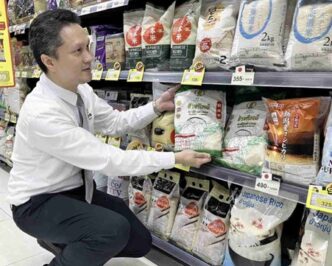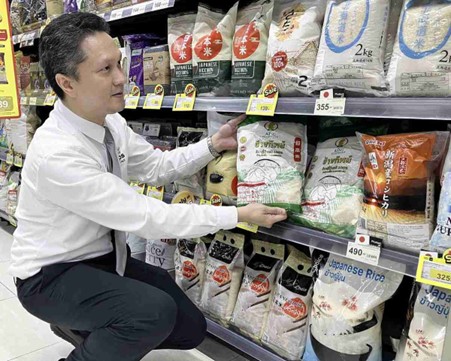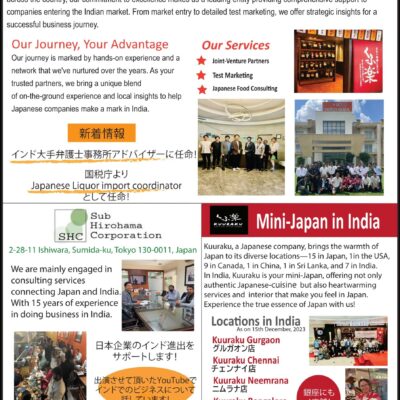Vietnam and Thailand, two of the world’s top rice exporters, are joining hands to boost their rice exports to Japan. This move comes as Japan is opening up to more imported rice varieties to meet rising demand for diverse grains and to support food security.
Japan, while known for producing its own premium short-grain rice, still imports a significant amount to meet domestic needs and fulfill trade commitments. Both Vietnam and Thailand see this as an opportunity to expand their presence in one of Asia’s richest markets.
In recent months, both countries have been working on improving the quality of their rice to meet Japan’s strict standards. This includes better packaging, food safety, and even adjusting the taste and texture to match Japanese preferences.
Vietnam is focusing on exporting more fragrant and soft rice varieties, which are gaining popularity among Japanese consumers. Thailand, famous for its Jasmine rice, is also promoting organic and specialty rice to cater to health-conscious buyers.
Officials from both countries have discussed ways to cooperate on marketing, logistics, and even branding rice products specifically for Japanese supermarkets.
With this partnership, Vietnam and Thailand aim not just to sell more rice, but to create a strong, reliable image of Southeast Asian rice in Japan.
FAQs
Q1: Why does Japan import rice if it grows its own?
Japan produces high-quality rice but not enough to meet all demands. It also imports rice as part of international trade agreements and to offer consumers more variety.
Q2: What kind of rice do Japan, Vietnam, and Thailand sell?
Japan mainly grows sticky short-grain rice. Vietnam exports soft, fragrant rice, while Thailand is known for its aromatic Jasmine rice. Each type has a unique taste and texture.
Source:https://japannews.yomiuri.co.jp/world/asia-pacific/20250617-264300/















